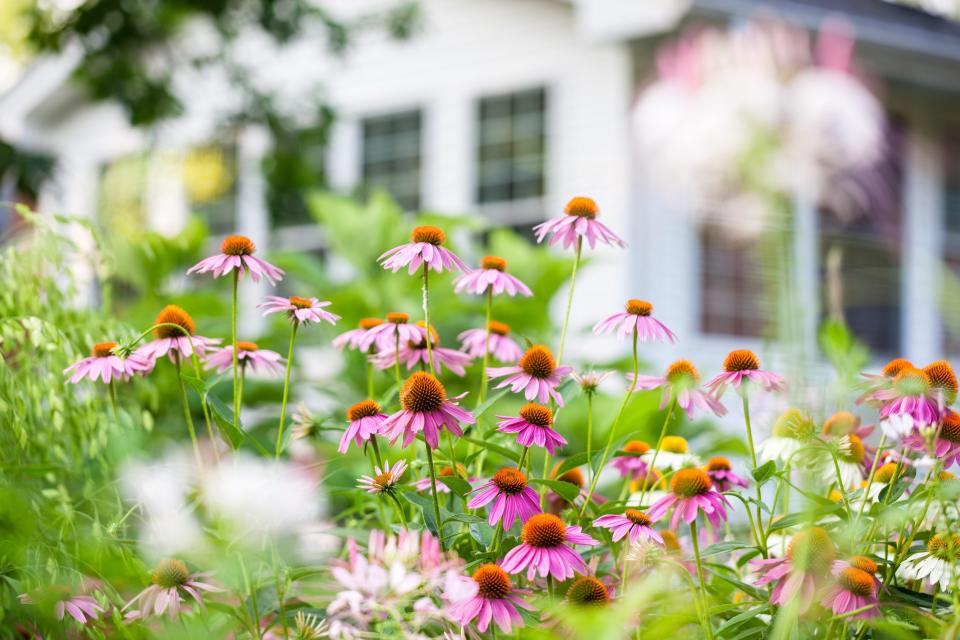Getting ready to plant a wildflower garden? Try using these native plants in northwest Pa.
Choosing which plants to use in a garden can be made taking into account a variety of factors. Which wildflowers are native to the northwest Pennsylvania region? Which plants are considered invasive?
Ernst Conservation Center horticulturist Mark Fiely has discovered many benefits of planting native plants throughout his career. He also serves on Penn State’s stakeholder advisory board for the Center for Pollinator Research.
"Native plants support a greater diversity of insects and birds than invasive species," Fiely said. "They support more of our natural ecosystem. Invasive (plants) in some cases push out desirable species blocking them out of growing on site."
What are some plants native to Erie?
Listed here are some plants that are native to northwest Pa. and some interesting facts about them, according to Fiely:
Nodding onion: This plant smells like the strongest onion sandwich you have ever eaten. Good for neighbor wars when mowed.
Enamine canadensis, or Canadian enamine: This low stature plant likes damp soil and significant shade.
Eastern red columbine aquilegia canadensis: This plant is very supportive to hummingbirds.
Common milkweed: This plant is quite dominate and takes up more space than you want while giving off the scent of lilacs when hit directly by the sun.
Swamp milkweed: This plant can be found at Presque Isle while also giving off the scent of bubblegum when the sun is directly hitting.
"Those two milkweed species, the scents will be given off when the sun is directly hitting it," Fiely said. "If the sun is not directly hitting it, you will not get that fragrance."
What is an invasive species?
The U.S. Forest Service defines an invasive species as "on-native, or alien, to the ecosystem under consideration whose introduction causes or is likely to cause economic or environmental harm or harm to human health."
In order to get the maximum usage out of your garden this year, Fiely suggests avoiding the following invasive plants:
Purple Loosestrife
Canadian Thistle
Mugwort
"These (invasive) plants will occupy space that more desirable species would be present in," Fiely said.
Fiely also said that pollinators, like butterflies, will lay their eggs on plants that they have coevolved with, meaning the native plants they are familiar with.
Other plants that are native to the northwestern Pa. region:
Tall white beardtongue
Eastern columbine
Butterfly milkweed
Hairy beardtongue
Golden Alexanders
Spiked gayfeather
Wild bergamot
Hoary Mountain Mint
Orange coneflower
Golden Alexanders
Aromatic aster
Lance leaf coreopsis
Threadleaf or whorled coreopsis
Purple coneflower

When is the right time to start planting in Erie?
Fiely says that mid-May is prime time to plant that garden.
"We put transplants out here starting about the 15th of May each year," Fiely said. "Starting around early May we look at the long-range forecast."
Fiely said he has seen frost up to May 15.
Contact Nicholas Sorensen at nsorensen@gannett.com.
This article originally appeared on Erie Times-News: Which native plants to use, invasive ones to avoid in northwest PA

